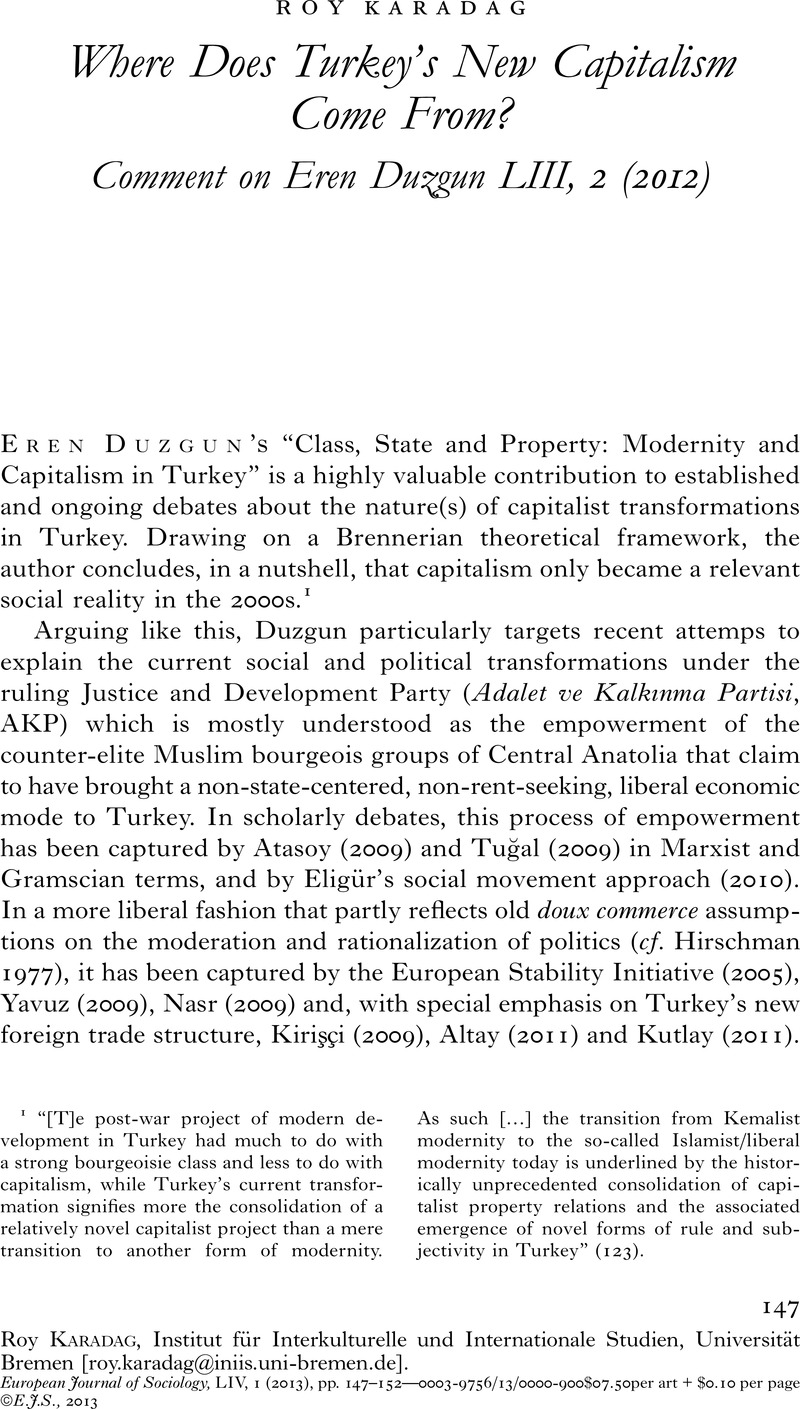Crossref Citations
This article has been cited by the following publications. This list is generated based on data provided by Crossref.
Yalman, Galip L.
2016.
The Palgrave Handbook of Critical International Political Economy.
p.
239.
Kimya, Fırat
2019.
Political economy of corruption in Turkey: declining petty corruption, rise of cronyism?.
Turkish Studies,
Vol. 20,
Issue. 3,
p.
351.
Mungiu-Pippidi, Alina
2019.
Europe's Burden.
Ergur, Ali
2021.
Dealing with the Machine: Strategies of Pilots and Doctors Towards Technological Integration.
Bulletin of Science, Technology & Society,
Vol. 41,
Issue. 4,
p.
99.





